PENELOPE (페넬로페)
5.2Km 2021-03-26
1, Nohae-ro 8-gil, Gangbuk-gu, Seoul
+82-2-908-0298
It has a large space and an outdoor terrace. This restaurant's signature menu is pizza. This Western dishes restaurant is located in Gangbuk-gu, Seoul.
Seoul Gyeonggyojang House (서울 경교장)
5.2Km 2021-09-15
29, Saemunan-ro, Jongno-gu, Seoul
+82-2-735-2038
Gyeonggyojang House, a designated Historic Site, was the location of the provisional government and the place where Baekbeom Kim Koo passed away. Seoul reproduced the historical site, Gyeonggyojang House, to use the area as an educational site. Also, the house exhibits the history of the provisional government in order to see the history more clearly.
Restoration work included the demolition of the interior that was changed when the building was turned into a hospital facility and embassy after Kim Koo passed away in 1949. During the work, the remaining parts were maintained with the utmost care. Reconstructed parts were based on the building's floor plan written in Chosun and Architecture (8th edition in 1938). Visitors can see various contents related to the Korean Provisional Government history through relics, video, and information searching corners.
Sungnyemun Gate (숭례문)
5.2Km 2024-11-27
40 Sejong-daero, Jung-gu, Seoul
Sungnyemun Gate is Korea’s National Treasure No. 1, and its unofficial name is Namdaemun Gate. Sungnyemun Gate is the largest castle gate stone structure with an arched entrance in the middle. There’s a column on top of a platform, raising the roof, distinguishing the upper stories and lower stories of the building. Passageways for traffic are located at the east and west ends of the gate. Different from the other gates, Sungnyemun Gate’s tablet has its name written vertically.
On February 10, 2008, Sungnyemun was destroyed by fire. After a 5-year reconstruction work, the gate was re-opened to the public again on May 4, 2013.
Myeong-dong, Namdaemun, Bukchang-dong, Da-dong and Mugyo-dong Special Tourist Zone (명동 남대문 북창동 다동무교동 관광특구)
5.2Km 2021-12-30
40, Sejong-daero, Jung-gu, Seoul
+82-2-3396-4622
Myeong-dong, Namdaemun, Bukchang-dong and Da-dong are widely known among international visitors as hot spots for shopping and food.
Myeong-dong is a popular destination for shopping, culture, arts and fashion. Major shopping malls such as Lotte Department Store, Shinsegae Department Store, Myeong-dong Migliore and Samik Fashion Town are located here. Shoppers can find a variety of products here from high-end items to relatively inexpensive clothes. There’s also no shortage of street food, traditional restaurants, coffee shops and fancy cafes.
Namdaemun Market is the biggest traditional market in Korea. Visitors can purchase souvenirs and local produce at an affordable price in the shopping complex crowded with stores and street stalls. The market sells a variety of clothes, kitchenware, toys, accessories, food, flowers and imported goods.
Bukchang-dong and Sogong-dong have high-end accommodations including Lotte Hotel Seoul and Westin Chosun Seoul, duty-free shops, and restaurants serving traditional dishes.
[Myeong-dong, Namdaemun Market and Bukchang-dong Special Tourist Zone]
Areas included: Myeong-dong, Bukchang-dong, Mugyo-dong and Da-dong, Seoul
Area size: 872,809 ㎡
Tourist attractions: Myeong-dong, Namdaemun Market and Bukchang-dong, Department Stores (Lotte Department and Shinsegae Department Store, etc.), Traditional Market, Duty-free Shop, Hanok Village, N Seoul Tower, etc.
Choeun Optical - Hoehyeon Branch [Tax Refund Shop] (조은안경 회현)
5.2Km 2024-04-22
Joeun Eyewear, 42, Namdaemunsijang 4-gil, Jung-gu, Seoul
-
Choeun Optical [Tax Refund Shop] (조은안경)
5.2Km 2024-06-27
42, Namdaemunsijang 4-gil, Jung-gu, Seoul
-
Namsan Octagonal Pavilion (남산 팔각정)
5.2Km 2021-06-19
105, Namsangongwon-gil, Yongsan-gu, Seoul
+82-2-3783-5900
Originally known as Unamjeong Pavilion, the pavilion was built in 1959 to commemorate Rhee Syngman. It was demolished by the 4.19 movement in 1960 and was rebuilt on November 11, 1968. This pavilion now sits atop Namsan Mountain, with views covering the entirety of Seoul below. As it is a prime spot to view the first sunrise of the year, the annual sunrise festival takes place every New Year's Day.
Namdaemun Market Gourmand Alley (Kalguksu Alley) (남대문시장 먹자골목(칼국수 골목))
5.2Km 2023-11-06
42-1, Namdaemunsijang 4-gil, Jung-gu, Seoul
Namdaemun Market is a massive market in Seoul filled with history and traditions. In the market, there is a place where people can dine without worrying about time or money, in an unmistakably Korean atmosphere, and that is the Gourmand Alley (Kalguksu Alley). The alley is lined with stalls selling similar fare, and people sit down in front of them, shoulder to shoulder, to enjoy their meal. Namdaemun Market’s Gourmand Alley specializes in noodle soup and steamed barley rice sets. The latter is a mixture of rice and barley, which is then steamed together. Its call to popularity is the nutty flavor imparted by barley. It has a healthy taste like no other, so make sure to check it out. Each order often comes with two or three separate menus (noodle soup, steamed rice, cold buckwheat noodles, etc.), along with a sumptuous array of side dishes like kimchi. Because this spot is beloved by diners of all ages, one often has to wait to get one’s turn during meal hours or on weekends. Keep in mind that the alley’s age often manifests itself in its crowdedness and lower attention to hygiene.
Another thing to note is that first-time visitors often find it difficult to find the entrance to the alley. The entrance is the transparent plastic door right next to “Segye-ro Eyeglasses Shop,” which can be found right across from Exit 5 of Hoehyeon Station on Seoul Subway Line 4. The door is rather small and difficult to find, but once you enter the doorway, you will immediately see the stalls unfolding in front of your eyes.
TV program “Life Masters (2005-)”
TV program “A Walk Around the Neighborhood (2018-2022)”
National Meteorological Museum of Korea (국립기상박물관)
5.2Km 2024-03-26
52 Songwol-gil, Jongno-gu, Seoul
A museum where one can look at Korea's meteorological observation history and technological development through exhibitions. The museum has the world's first rain gauge, invented in 1441, in the early Joseon dynasty. The museum operates approximately 350 meteorological observatories across Korea and focuses on promoting the uniqueness and excellence of Korea's meteorological science. There are permanent collections and special exhibitions. The permanent collections focus on the history of meteorological science in Korea. At the same time, the special exhibitions take a closer look at the history and information about meteorological science and natural disasters (e.g., earthquakes) that occurred in various regions of Korea. There are experience programs related to meteorological science, such as making a rain gauge or learning about rain gauges.
Hanaro Optics [Tax Refund Shop] (하나로안경원)
5.2Km 2024-04-19
48, Namdaemunsijang 4-gil, Jung-gu, Seoul
-
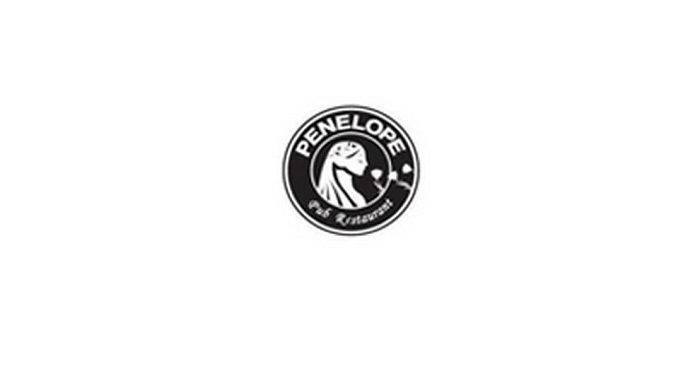
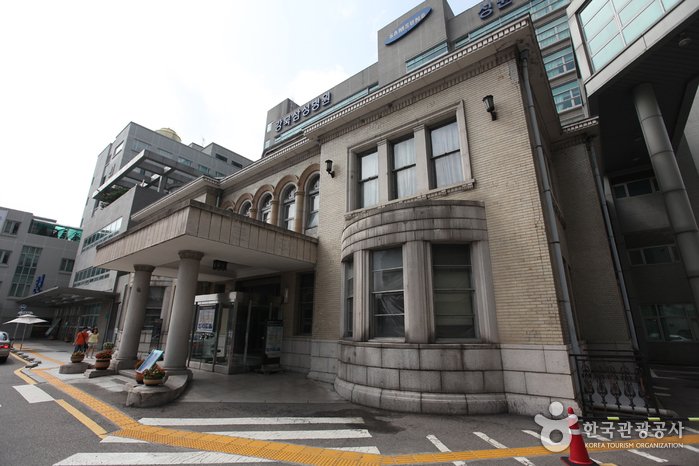
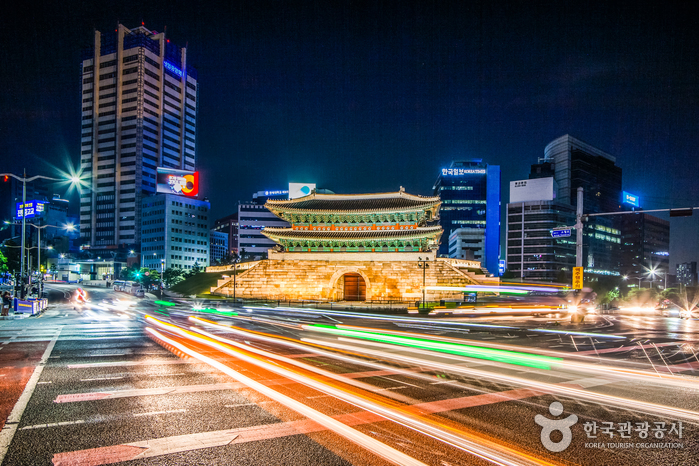
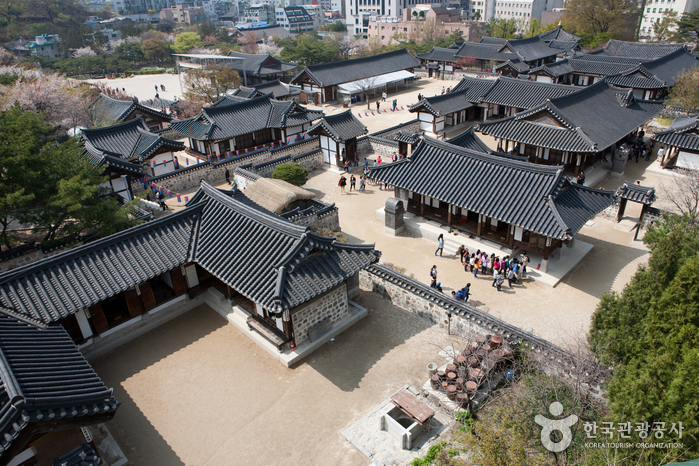

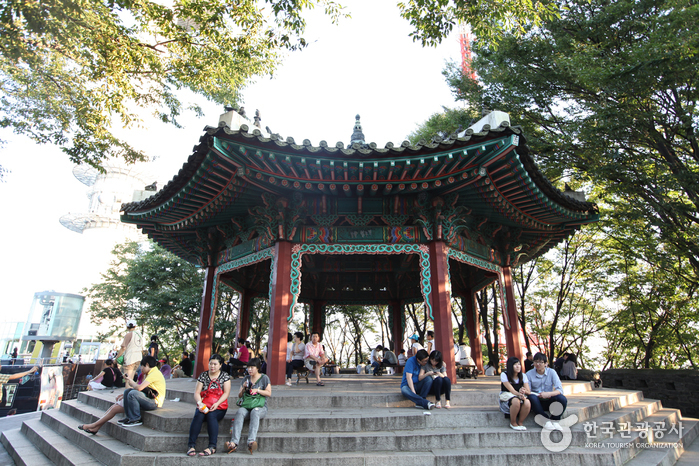
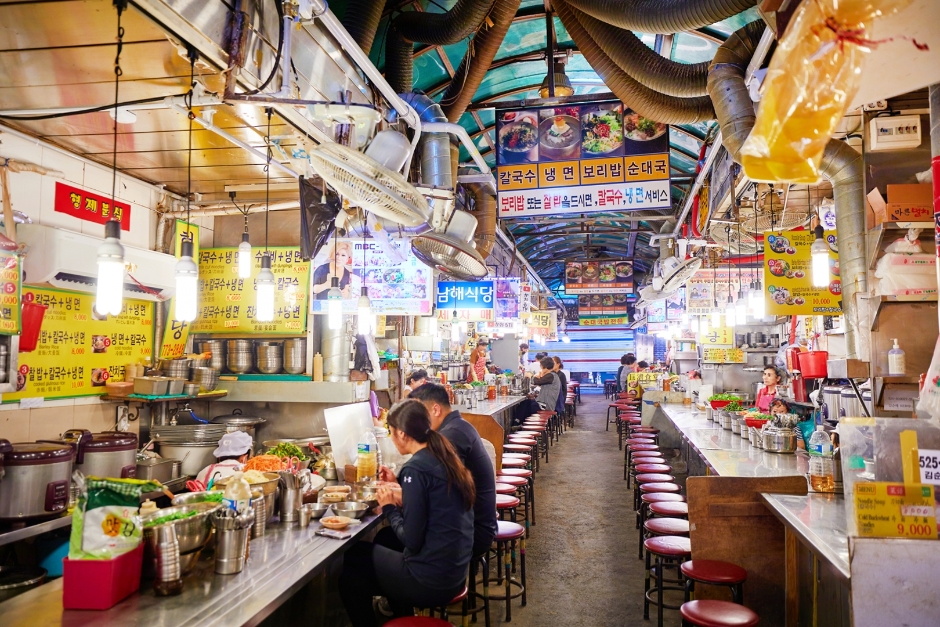
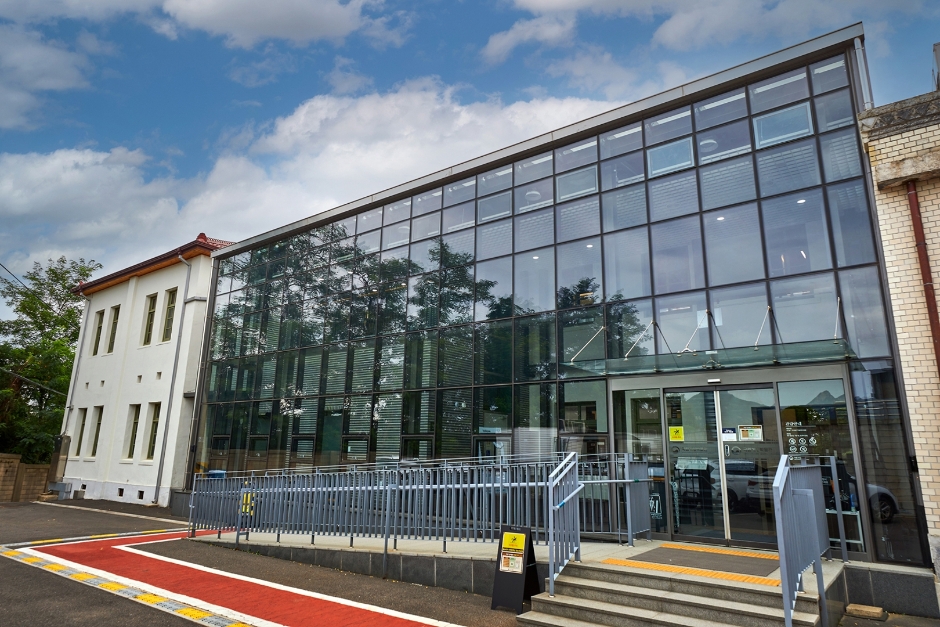
![Hanaro Optics [Tax Refund Shop] (하나로안경원)](http://tong.visitkorea.or.kr/cms/resource/80/2878580_image2_1.jpg)
 English
English
 한국어
한국어 日本語
日本語 中文(简体)
中文(简体) Deutsch
Deutsch Français
Français Español
Español Русский
Русский